Working Papers
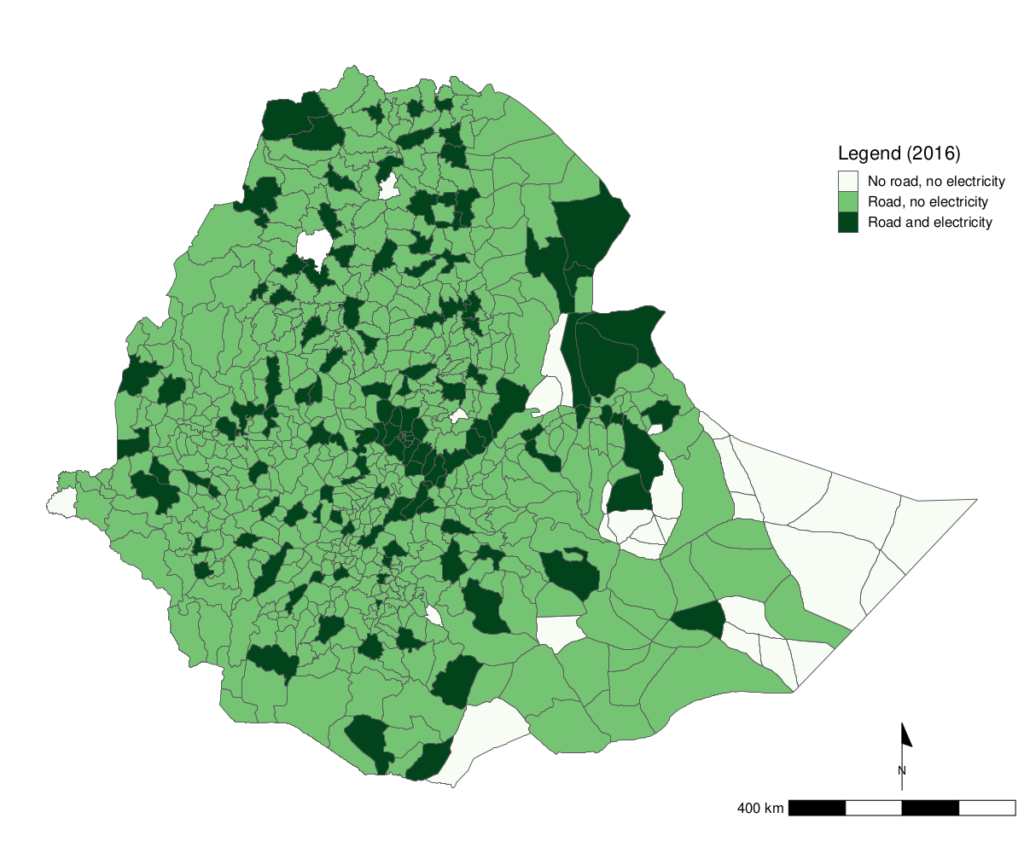
Can Big Push Infrastructure Unlock Development? Evidence from Ethiopia (Paper, Online Appendix, Supplementary Material)
[show abstract]
Roads are instrumental to market access. Electricity is a key technology for modern production. Both have been widely studied in isolation. In reality, infrastructure investments are commonly bundled. How such big push infrastructure investments interact in causing economic development, however, is not well understood. I track the large-scale road and electricity network expansions in Ethiopia over the last two decades. First, causal evidence confirms markedly different patterns: all-weather road access alone increases services employment, at the expense of manufacturing. In contrast, additionally electrified locations see large reversals in manufacturing employment. Second, I develop a spatial general equilibrium model with non-homothetic preferences to highlight how bundling infrastructure investments can affect aggregate welfare. Third, I structurally estimate the implied welfare effects of big push infrastructure investments. Compared to no investments, welfare in Ethiopia increased by at least 2.88%, while isolated counterfactual road (electrification) investments would have increased welfare by only 2.34% (0.44%).
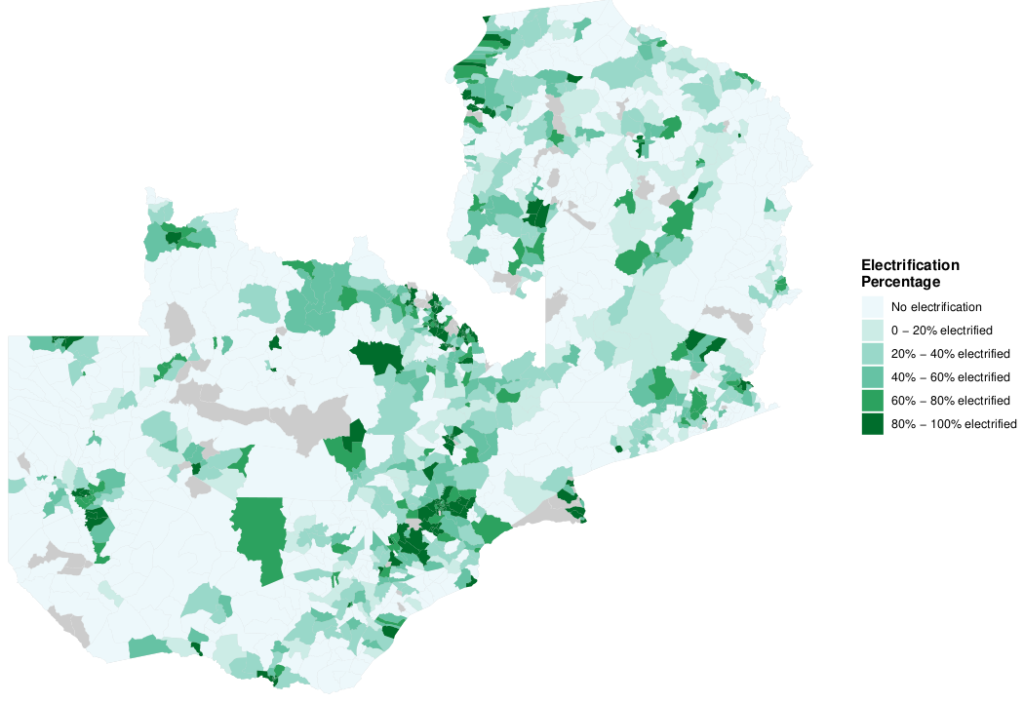
When Does Electrification Work? Evidence from Sub-Saharan Africa
(joint with T. Figueiredo Walter) (Paper)
[show abstract]
Electrification is highly positively correlated with economic development. However, causal evidence points to modest average effects of recent electrification programs in low- and middle-income countries at best. This paper unveils stark differences in the impact of grid access across locations underlying these average effects. First, we document that in rural Sub-Saharan Africa, the world’s least electrified region, most locations with grid access have either near zero or almost full electricity adoption. In other words, modest average connection rates mask a bimodal distribution across locations. Second, we empirically test for a potential determinant of successful electrification identified prominently in historical accounts and modern engineering plans: the productive use of electricity. Exploiting a large-scale, country-wide rural electrification program in Zambia, we provide three findings. First, the aggregate effects of rural electrification are mixed at best, confirming existing evidence. Second, locations with pre-existing productive uses experience almost full household electrification in contrast to near zero adoption elsewhere. Third, any development effects of rural electrification are confined to these same locations. We interpret the bimodal adoption and development pattern as reflective of the high fixed cost of the local electric network, and provide suggestive evidence that productive users help overcome the resulting ‘last mile problem’.
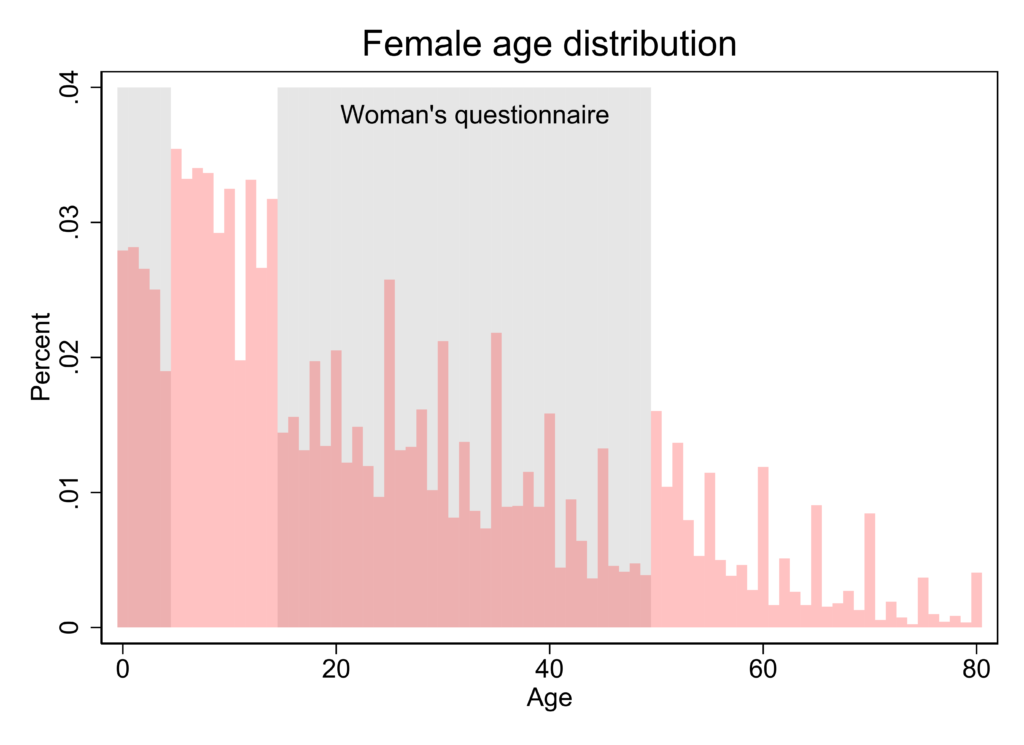
Endogenous Sample Selection
(joint with T. Figueiredo Walter) (Paper)
[show abstract]
This paper examines how incentives for data collectors shape the selection of sampling units. We provide causal evidence that data collectors respond to variation in effort cost across survey subjects by excluding high-cost subjects, thereby breaching protocol. Exploiting the random assignment of eligibility for individual interviews across 3.4 million households in 181 surveys worldwide, we find that in 110 (39) surveys at least 5% (10%) of eligible subjects are missing from the sample. Selection out of sample is systematic: missing subjects disproportionately come from marginalised populations. Using three applications, we illustrate how this selection undermines microeconomic and macroeconomic analysis alike.
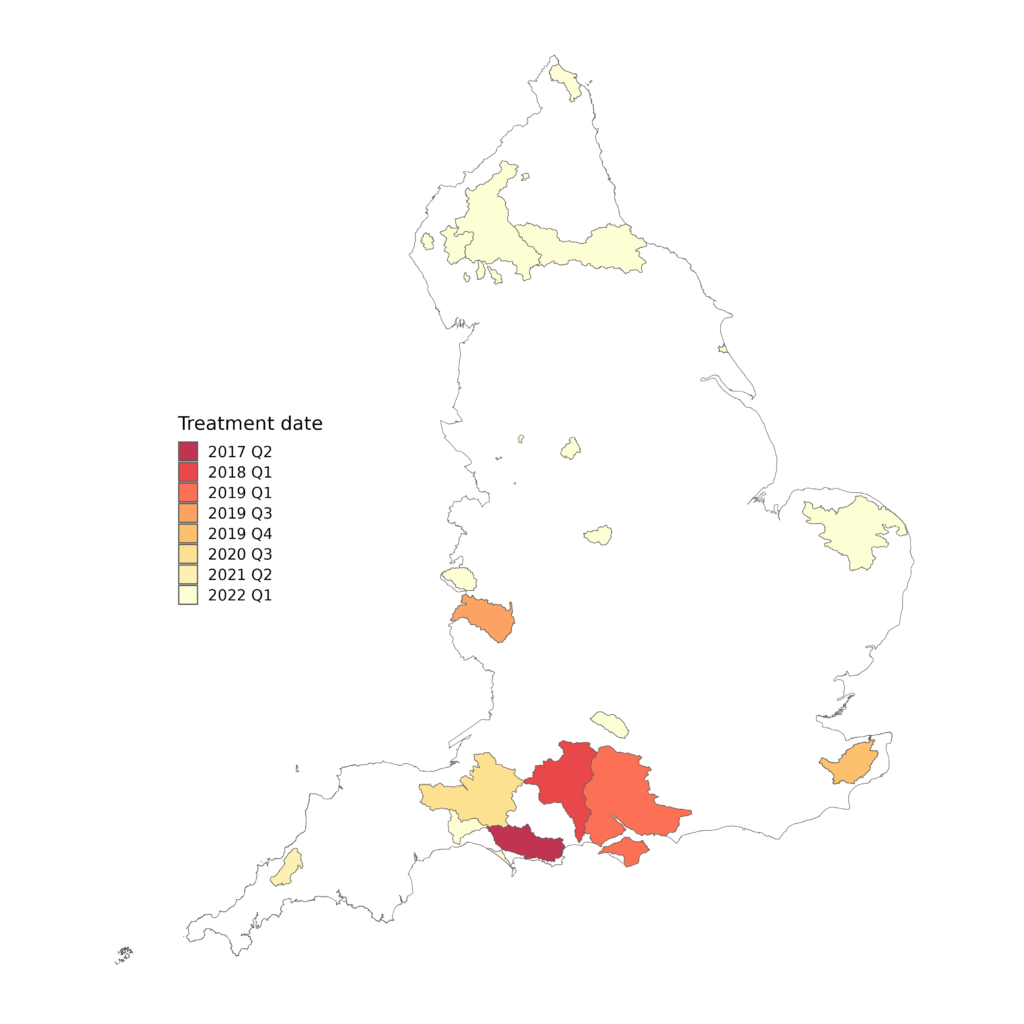
Combatting Nutrient Pollution through the Housing Market
(joint with J. Bakker) (Paper) [submitted]
[show abstract]
Nutrient pollution is a major threat to biodiversity. Policies to address nutrient pollution in water bodies usually target agriculture. We study a novel policy in England – called ‘Nutrient Neutrality’ – that instead targets residential pollution by restricting local housing construction. We document both direct effects and leakage in polluters, but no leakage in pollution: in treated locations, nutrient pollution and water quality improve modestly, while housing completions fall, and prices increase. We find strong evidence of leakage in polluters: housing completions increase nearby. However, the absence of any accompanying leakage in pollution casts doubt on the link between housing construction and nutrient pollution. Instead, tying housing construction to reductions in nutrient levels creates strong incentives to reduce pollution through other means – likely violating the polluter pays principle
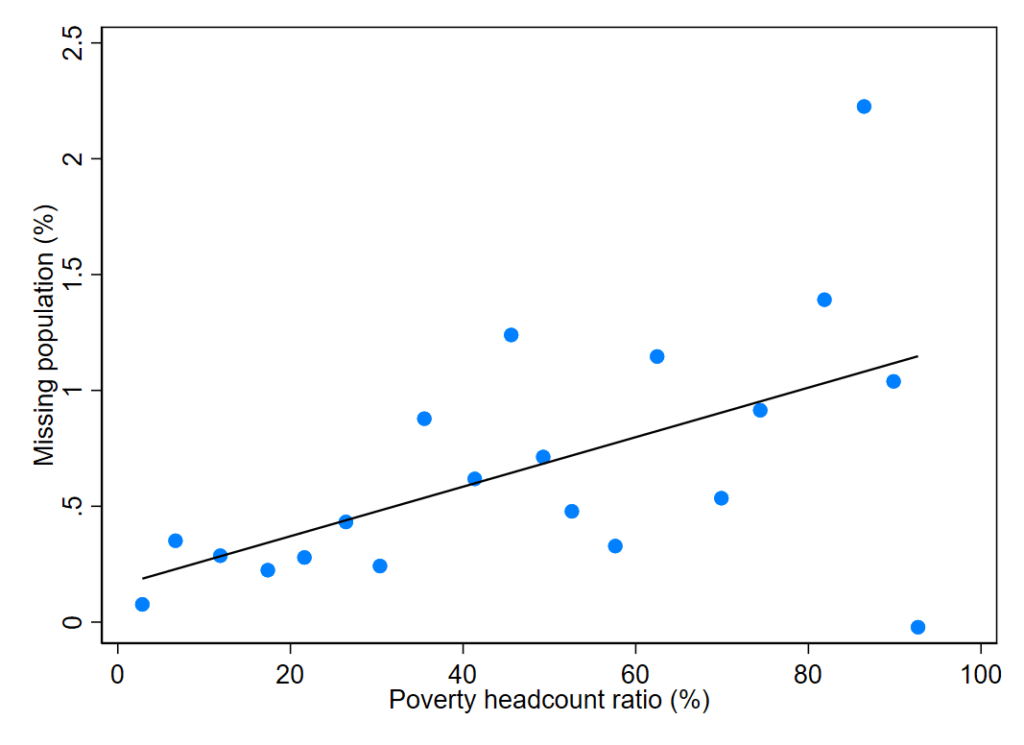
The Missing Poor
(joint with T. Figueiredo Walter and A. Radu) (Paper) [submitted]
[show abstract]
Population censuses form the basis of public resource allocation and political representation in many countries. This paper shows that census enumerators commonly face incentives to disproportionately omit members of larger households. Using microdata from 254 censuses, we estimate that this leads to under-counting in 60% of censuses. Omission is concentrated in poor countries where 0.5% of the population is missing. Within countries, poor households are missing three times as many members as rich ones, leading to larger undercounts in poorer regions. We illustrate how this translates into systematic underfunding of public services in poor regions and their political under-representation.
Work in Progress

Female Wage Labour and Fertility: Evidence from the Cut-Flower Industry in Kenya
(joint with M. Bishop and C. Zipfel) [draft]
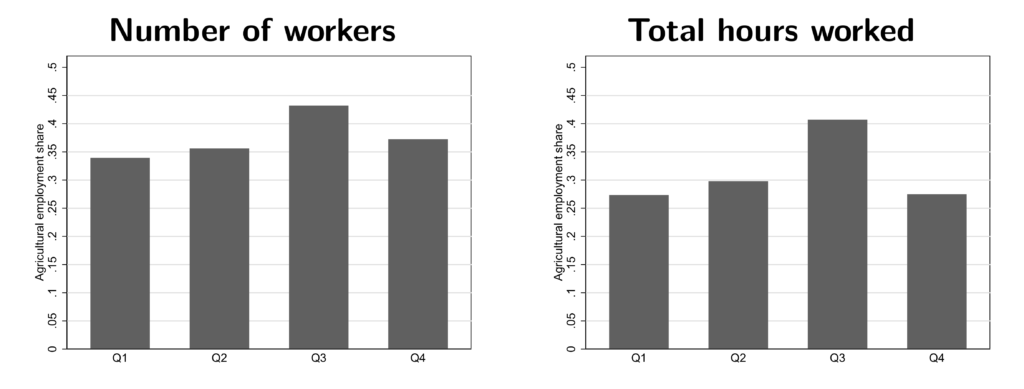
Seasonality and Development
(joint with T. Figueiredo Walter and L. Ren)

Complementarities in Public Infrastructure Provision: Evidence from School Electrification in Zambia
(joint with T. Figueiredo Walter and L. Tian)

Distracted by Dreamliners: Noise Pollution and Pupil Performance
[show abstract]
This work provides the first causal estimate of the adverse productivity effects of noise pollution emitted by airplanes flying over densely populated areas. Combining high frequency geo-located data of each incoming plane to London Heathrow international airport between 2012 and 2016 with geo-identified, individual-level National Pupil Database test scores, I make use of plausibly exogenous variation in the level of noise pollution experienced by pupils while they sat universal, high-stakes English ‘key stage’ exams in schools on the ground. Scheduled runway alternations generate large and sudden variation in the number and tact of overflying planes. Therefore, individual schools’ exposure to noise pollution while pupils sit centrally scheduled exams varies from hour to hour on exam days, with nearby schools experiencing widely different exposure levels.